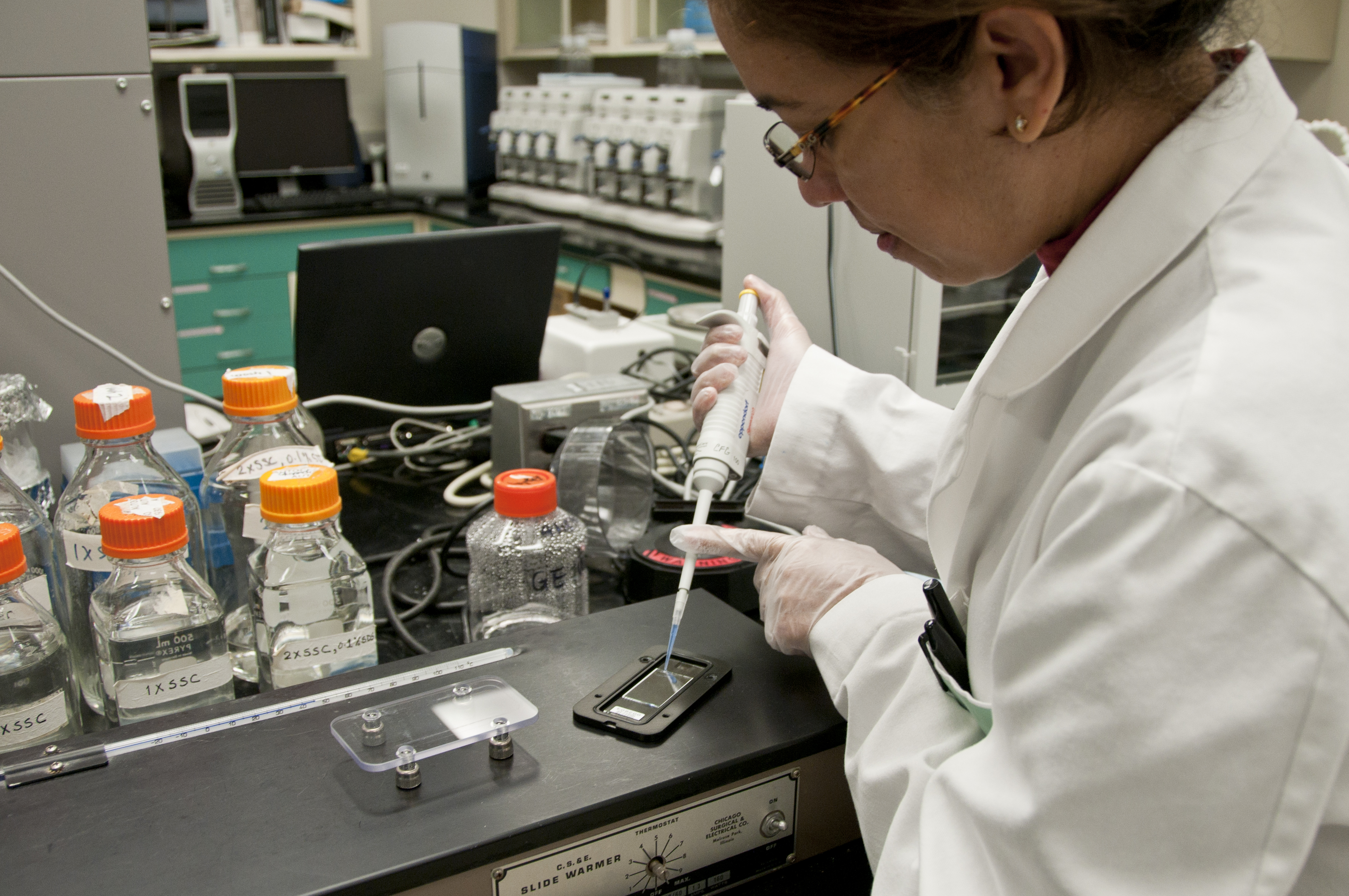
Photo from academic.microsoft.com
Pigments are compounds of importance to several industries, for instance, the food industry, where they can be used as additives, color intensifiers, and antioxidants. As the current trend around the… Click to show full abstract
Pigments are compounds of importance to several industries, for instance, the food industry, where they can be used as additives, color intensifiers, and antioxidants. As the current trend around the world is shifting to the use of eco-friendly commodities, demand for natural dyes is increasing. Melanins are pigments that are produced by several microorganisms. Pseudomonas putida ESACB 191, isolated from goat cheese rind, was described as a brown pigment producer. This strain produces a brown pigment via the synthetic Müeller-Hinton Broth. This brown compound was extracted, purified, analyzed by FTIR and mass spectrometry, and identified as eumelanin. The maximum productivity was 1.57 mg/L/h. The bioactivity of eumelanin was evaluated as the capacity for scavenging free radicals (antioxidant activity), EC50 74.0 ± 0.2 μg/mL, and as an acetylcholinesterase inhibitor, with IC50 575 ± 4 μg/mL. This bacterial eumelanin did not show cytotoxicity towards A375, HeLa Kyoto, HepG2, or Caco2 cell lines. The effect of melanin on cholesterol absorption and drug interaction was evaluated in order to understand the interaction of melanin present in the cheese rind when ingested by consumers. However, it had no effect either on cholesterol absorption through an intestinal simulated barrier formed by the Caco2 cell line or with the drug ezetimibe.
Journal Title: International Journal of Environmental Research and Public Health
Year Published: 2021
Link to full text (if available)
Share on Social Media: Sign Up to like & get
recommendations!